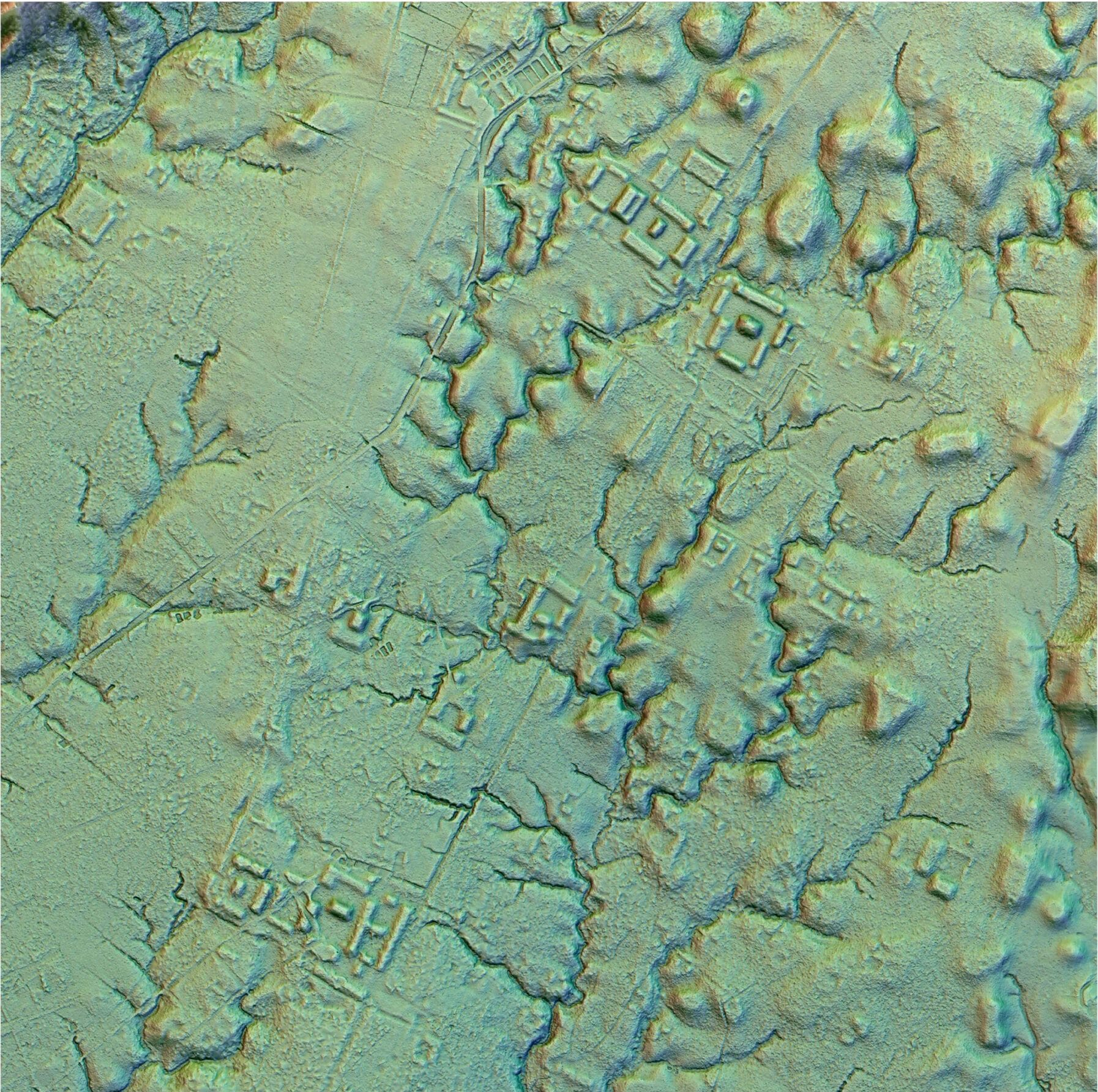This post was originally published on Colossal

Kunguints site, Upano Valley, Ecuador. Complexes of rectangular platforms are arranged around low squares and distributed along wide dug streets. Lidar images by A. Dorison and S. Rostain. Photos by S. Rostain, shared with permission
If someone were to ask you what you know about the history of the Amazon, what would you say? Archaeologist Stéphen Rostain, who knows a thing or two about the region, insists in a recent profile that the answer is “nothing, because the history that we think we know is wrong.” In a study recently published in Science, Rostain chronicles a 30-year research project and the astonishing discovery of a 2,500-year-old metropolis in the Ecuadorian rainforest, a “lost valley of cities.”
While previous expeditions to the area have documented large mounds and monuments throughout the area, the enormity and complexity of this find exceeded expectations with the discovery of thousands of houses, complex roads, plazas, ceremonial sites, and drainage canals. More than 6,000 rectangular earthen platforms, which were likely homes and communal buildings, are connected by a vast and sophisticated road network connecting 15 urban centers, surrounded by terraced agricultural fields.
Rostain and his colleagues used aerial Lidar, which stands for light detection and ranging, to scan an ancient network of cities extending across 115 square miles in the Amazon. Built around 500 B.C.E. and occupied for hundreds of years until the population began to migrate away between 300 and 600 C.E., the Upper Amazon site’s immense scale places it in league with comparable Maya urban systems recently found in Mexico and Guatemala.
You may also enjoy exploring Vinicius Peripato and Luiz Aragão’s recent survey of earthworks in Brazil that suggest thousands still hidden in the forest. (via Kottke)
Copueno site, Upano Valley, Ecuador. A dug main street crosses the urban area, creating an axis along which complexes of rectangular platforms are arranged around low squares

Complex of rectangular earth platforms of the Nijiamanch site along the cliff edge of the Upano riverbed, Ecuador. Image by S. Rostain

Kunguints site, Upano Valley, Ecuador. Dug streets cross the urban area where they are bordered by complexes of rectangular platforms arranged around low squares. The site is framed by two rivers

Earth platform of the Sangay site core, Upano Valley, Ecuador


Large-scale archaeological excavation on one earth platform of the Kilamope site, Upano Valley, Ecuador

Stéphen Rostain behind a pottery jar for sweet maize beer, known as a chicha, during an excavation on an earth platform of the Sangay site, Upano Valley, Ecuador

Do stories and artists like this matter to you? Become a Colossal Member today and support independent arts publishing for as little as $5 per month. The article In the World’s Largest Rainforest, a Prehistoric Metropolis Emerges After More Than 2,500 Years appeared first on Colossal.




0 Comments